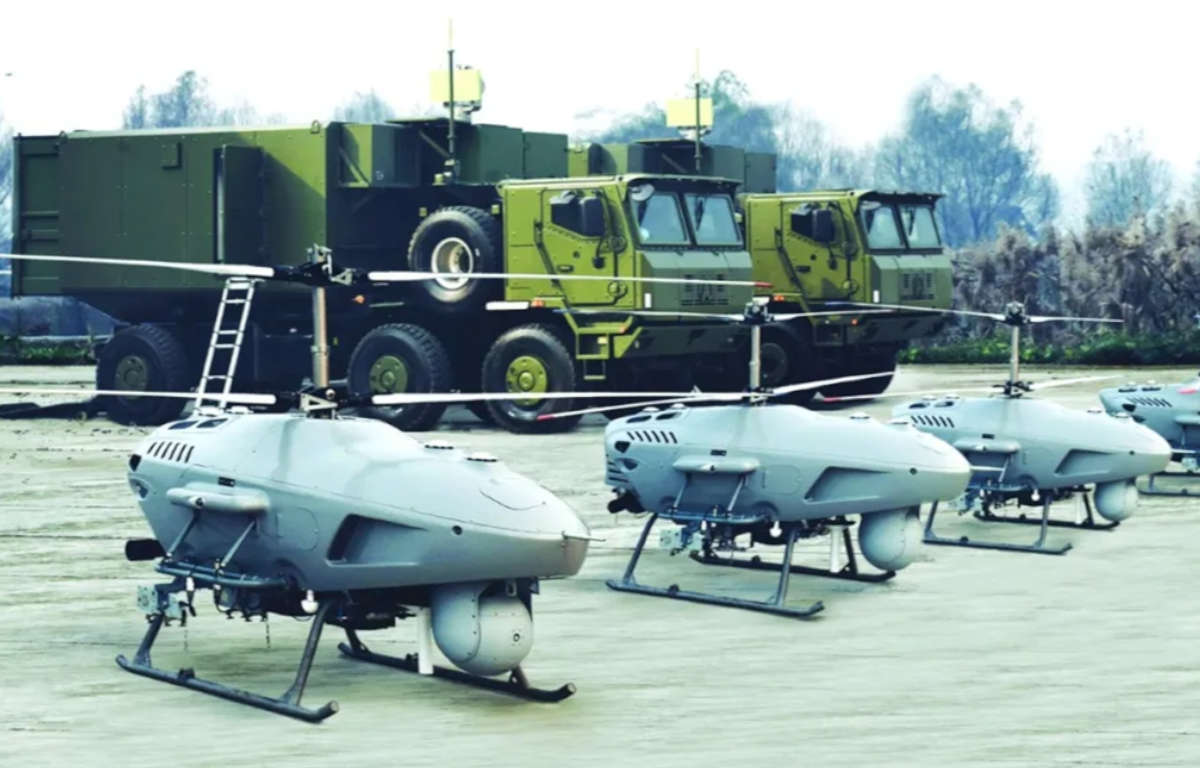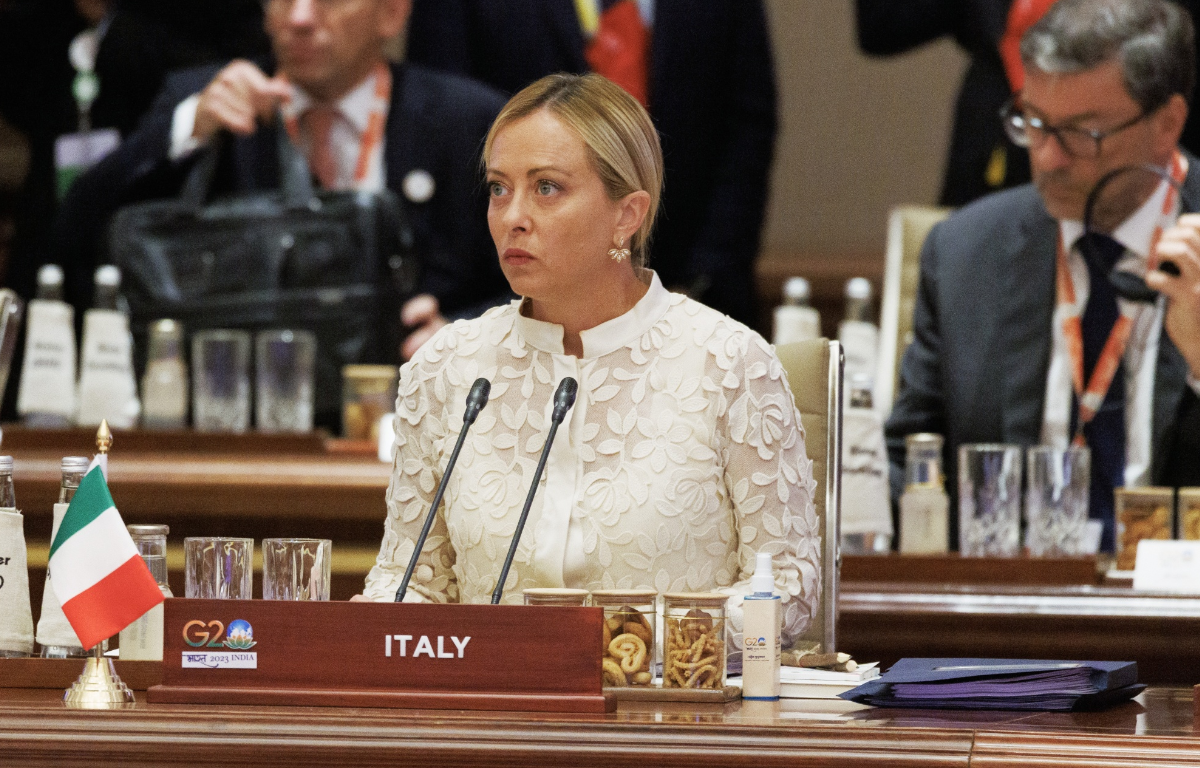
The intertwining of technological collaboration and innovation has driven the expansion of the drone industry. Russian drones, renowned for their advanced capabilities, have emerged as products of elaborate global supply chains. The noteworthy presence of Chinese components in these drones sheds light on the nuanced dynamics of international technological collaboration.
This prevalence of Chinese components in Russian drones is shaped by various driving forces. Notably, the cost-efficiency of Chinese technology components has played a pivotal role in their widespread utilization. Moreover, China’s technological prowess, particularly in manufacturing specialized components crucial for drones, has positioned it as a prominent supplier.
China’s robust supply chain infrastructure, capable of timely and efficient delivery of components, further enhances its appeal as a component source. The country’s diverse range of components, spanning from high-performance processors to cutting-edge cameras, provides an array of choices to drone manufacturers seeking to augment their products’ capabilities.
However, as the use of foreign components grows, concerns about national security have risen. The potential vulnerabilities associated with compromised components raise pertinent questions about the overall security of these advanced systems. The integration of Chinese components into Russian drones could potentially undermine not only the drones’ functionality but also the integrity of the data they handle.
To address these concerns, a delicate balance between innovation and security needs to be struck. Collaborative efforts must focus on stringent quality control, comprehensive testing, and robust cybersecurity measures. These efforts can mitigate potential risks while preserving the benefits of international technological collaboration. Additionally, a diversification of component sources can reduce reliance on any single supplier, thereby enhancing the resilience of the drone supply chain.
The revelation that a significant portion of foreign components in Russian drones originates in China highlights the intricate relationships that define modern technological collaborations. This symbiotic partnership drives technological advancement and economic growth, but it also presents challenges in terms of national security and technological sovereignty. The focus must now shift toward creating comprehensive frameworks that ensure component integrity and security without stifling the positive aspects of international collaboration. In the complex realm of drones, striking this balance isn’t just a technological pursuit; it’s a strategic necessity that will shape the future of drone manufacturing and usage.









Share this: